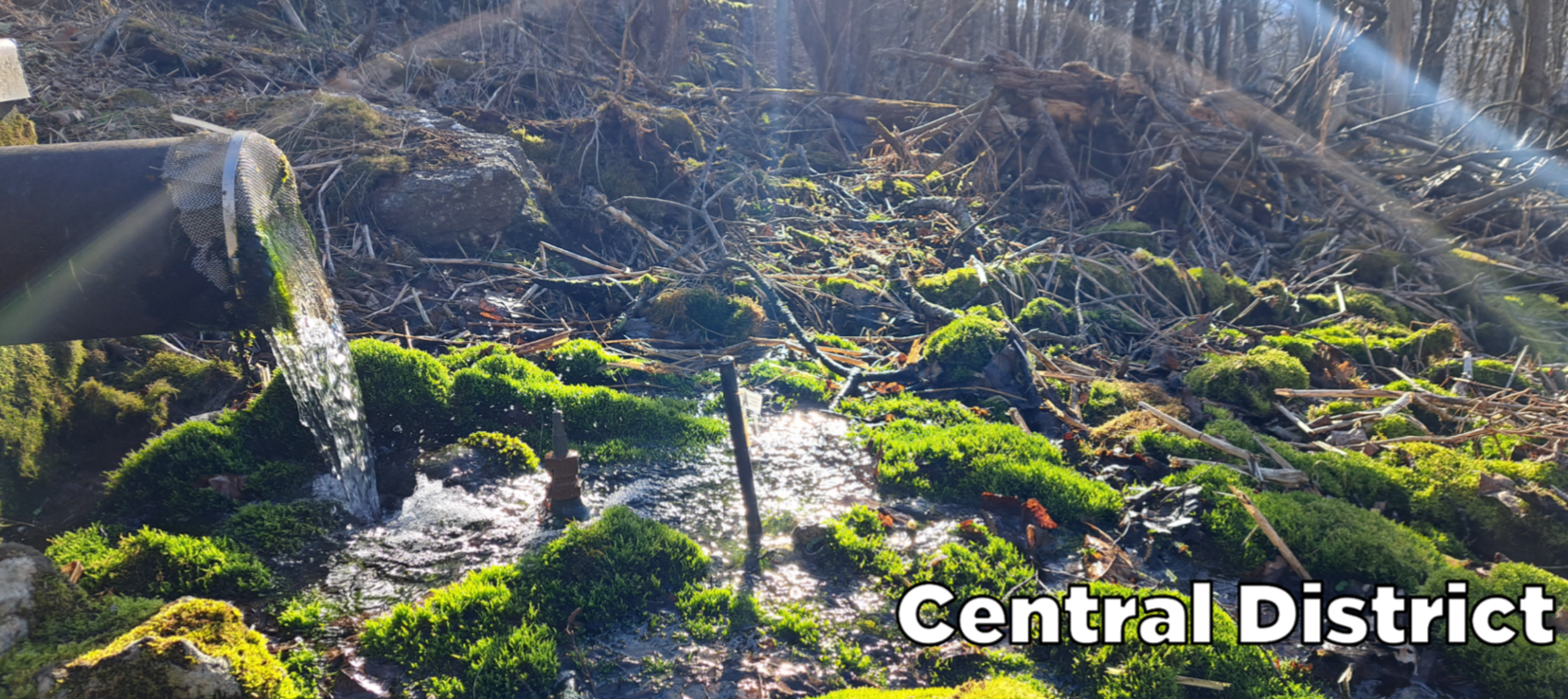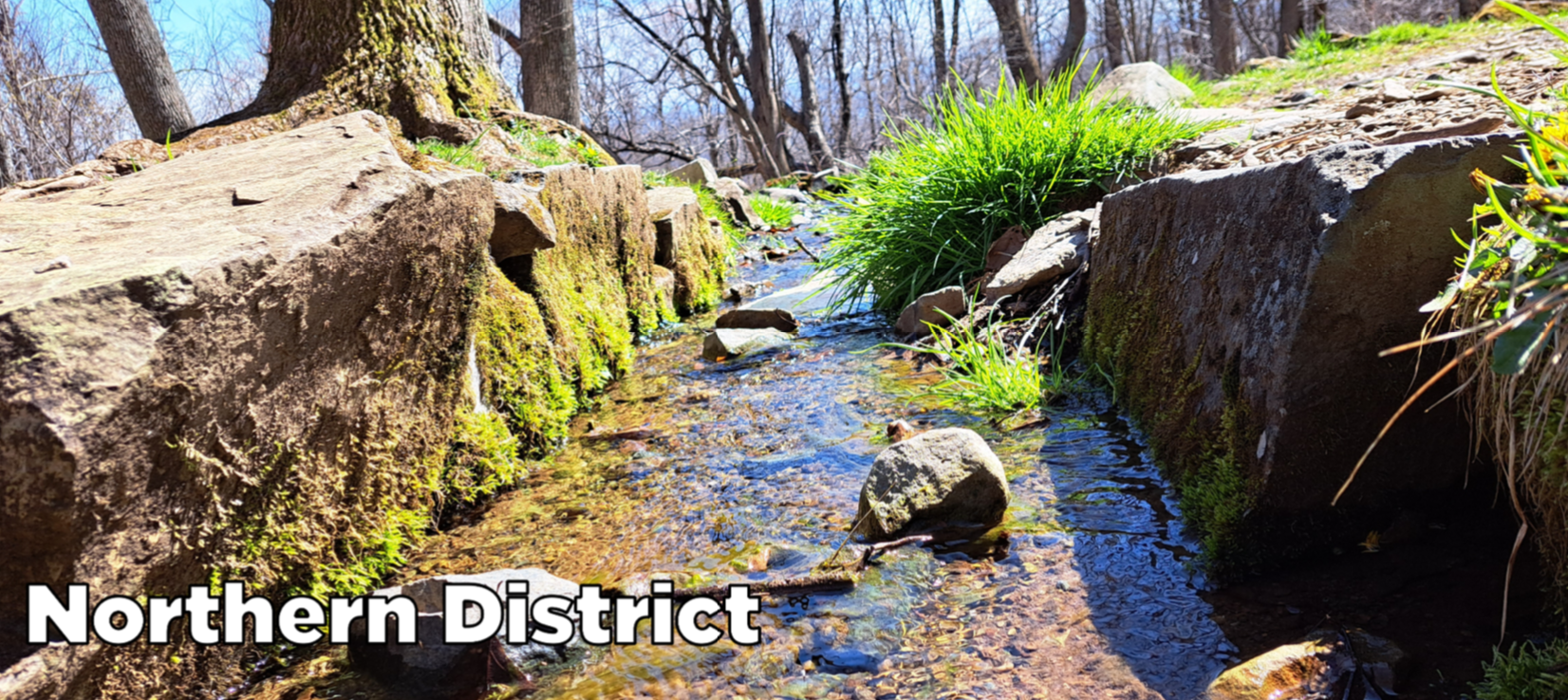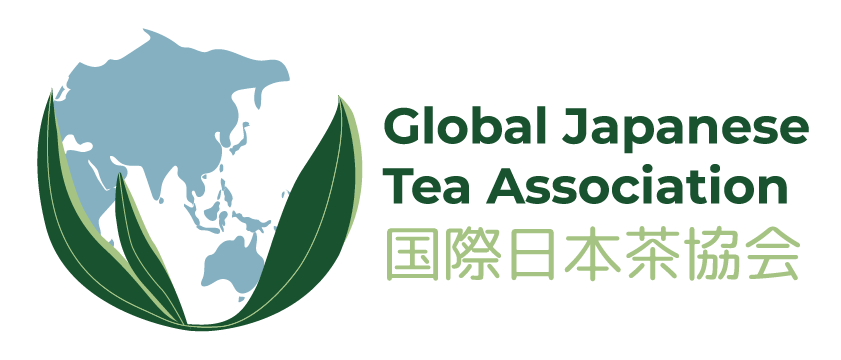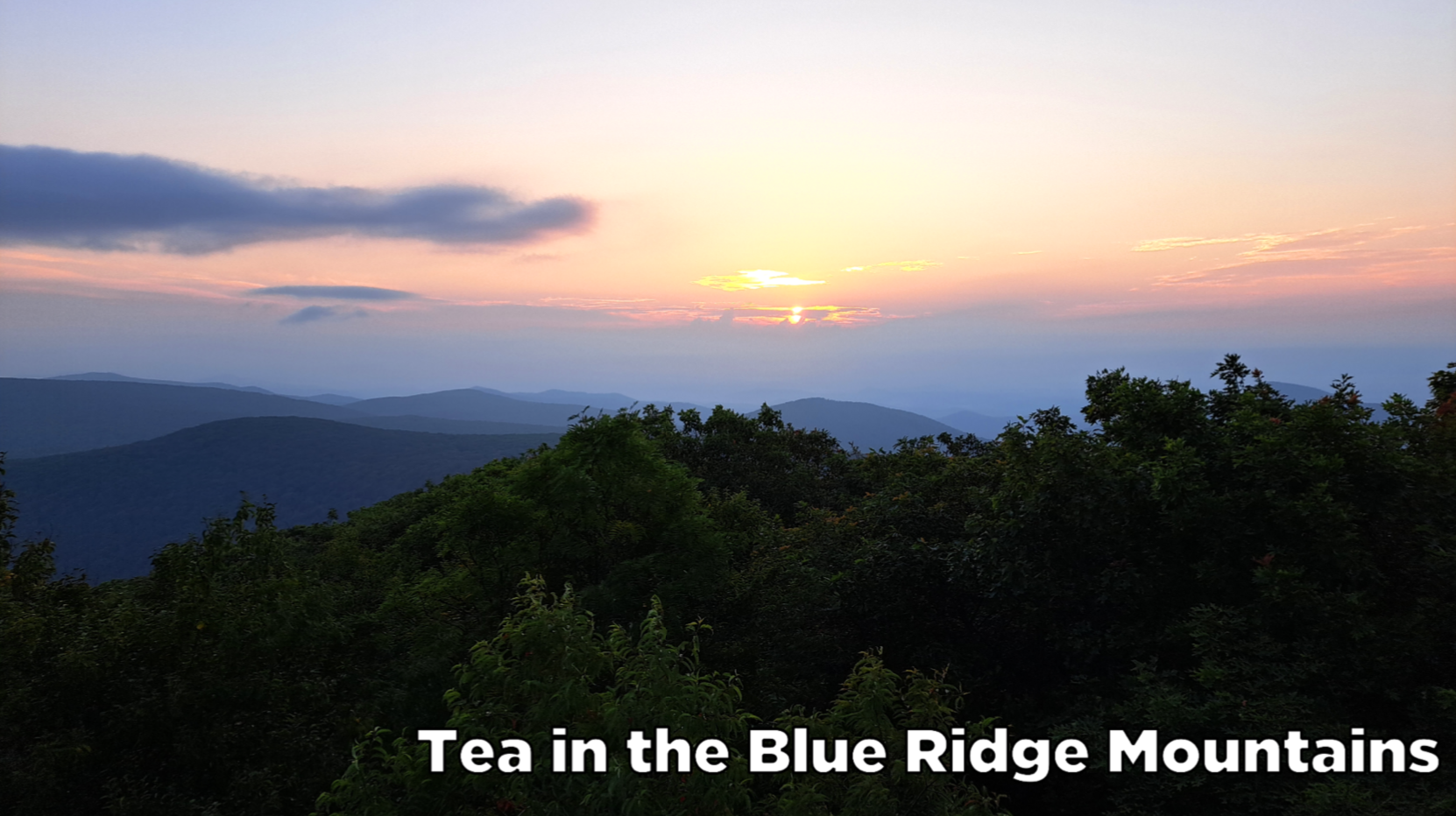After several years of obsessing over water and tea, I found myself in the Blue Ridge Mountains of Eastern U.S.A. searching Shenandoah National Park for wild springs. Through the seasons, I gathered water from thirty-eight springs, hiked a hundred miles of trail and steeped tea – primarily Japanese green tea – over five hundred times. And at the end, what did I learn?
The Central District taught me that springs of Shenandoah National Park highlight the aromatic notes within teas. It showed me that, if a spring brewed a weak tasting sencha, it would brew an amazing gyokuro in turn. The flow of the spring also matters: the slower the flow, the stronger the extraction. After the first several springs produced different color results with almost identical TDS and pH level results, I abandoned the electronic meter.

For the Northern District, I turned to geological maps of the region. With these maps, I found that springs from megacrystic orthopyroxene syenogranite-monzogranite gneiss brew tastier teas than those in old rag granite. However, metabasalt from the Catoctin Formation made the best tea overall, and that Pass Mountain consistently made the smoothest gyokuro. In the case of the twin springs of Browntown Overlook: one pouring from beneath a tree trunk made bright sour teas, while the other – from rocks – brewed dark teas. Lastly, it taught me that I did not have the experience with Nepalese tea to do little more than enjoy the tea but, really, that’s all that’s needed.

Finally, in celebration of the spring, the new tea season and alliteration, I went to the Southern District armed with seven shinchas from seven regions of Japan and the TDS meter as well. Once I made it through the nine springs, I realized I had learned nothing. Assumptions and extrapolations filled the previous districts, notably the notion that all tea of the same type responds the same way to water. The Southern District springs, with similar TDS and pH levels, each brewed at least one shincha beautifully and one not so beautifully. Though all the water was soft, they produced unique experiences.

In reality, it’s disingenuous to say I learned nothing. Through the process, I learned the calls of the Yellow-throated Vireo and the Red-bellied Woodpecker. I learned how to read geologic and topographic maps. Through the actions of a previous water-gatherer, I now know that a leaf acts as a fantastic funnel. The winter time is the easiest time to find springs, while the spring is the easiest time to collect. Most importantly, learning the effects of wild spring water on tea is no quick jaunt into the woods for a year, but more likely a decades long journey. To enjoy the experience, is the only way to continue. For now, I’ll continue to brew as much tea with gathered water from Shenandoah National Park as possible. Although… The Great Smoky Mountains are also only several hours away… and faraway in Japan, I’ve learned of Ogaki, the City of Water, home to dozens of springs just waiting…
Article, photos and linked videos by “The Tea Potato”, one of our Tea Fellows and avid tea drinker. If you want to see where his quest for the perfect water will take him next, follow him on instagram!

